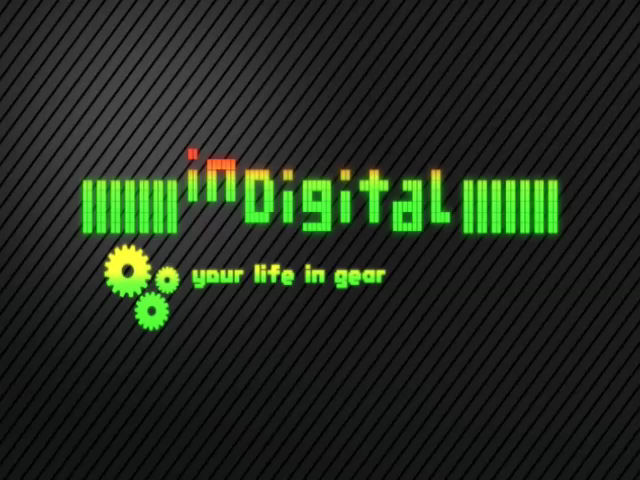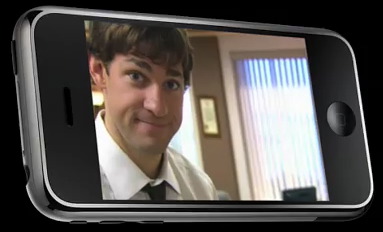Here’s a summary of the week’s digital lifestyle action on last100. Note that you can subscribe to the weekly wrapups, either via the special weekly wrapup RSS feed or by email.
Top digital lifestyle news
We kicked off the week with news of SoundExchange’s decision not to immediately enforce new royalty rates for Internet radio, which were due to go into effect last Sunday. While it means that our favorite music services, such as Pandora, can carry on operating for the time being, it doesn’t mean that Internet radio is safe just yet. Negotiations continue.
Continue reading »

 Vincent Dureau, Google’s head of TV technology, gave us another glimpse into the mind of Google and what it might be planning for its television presence in his opening keynote at iTV Con, a trade show conference dedicated to Internet TV.
Vincent Dureau, Google’s head of TV technology, gave us another glimpse into the mind of Google and what it might be planning for its television presence in his opening keynote at iTV Con, a trade show conference dedicated to Internet TV.




 In
In